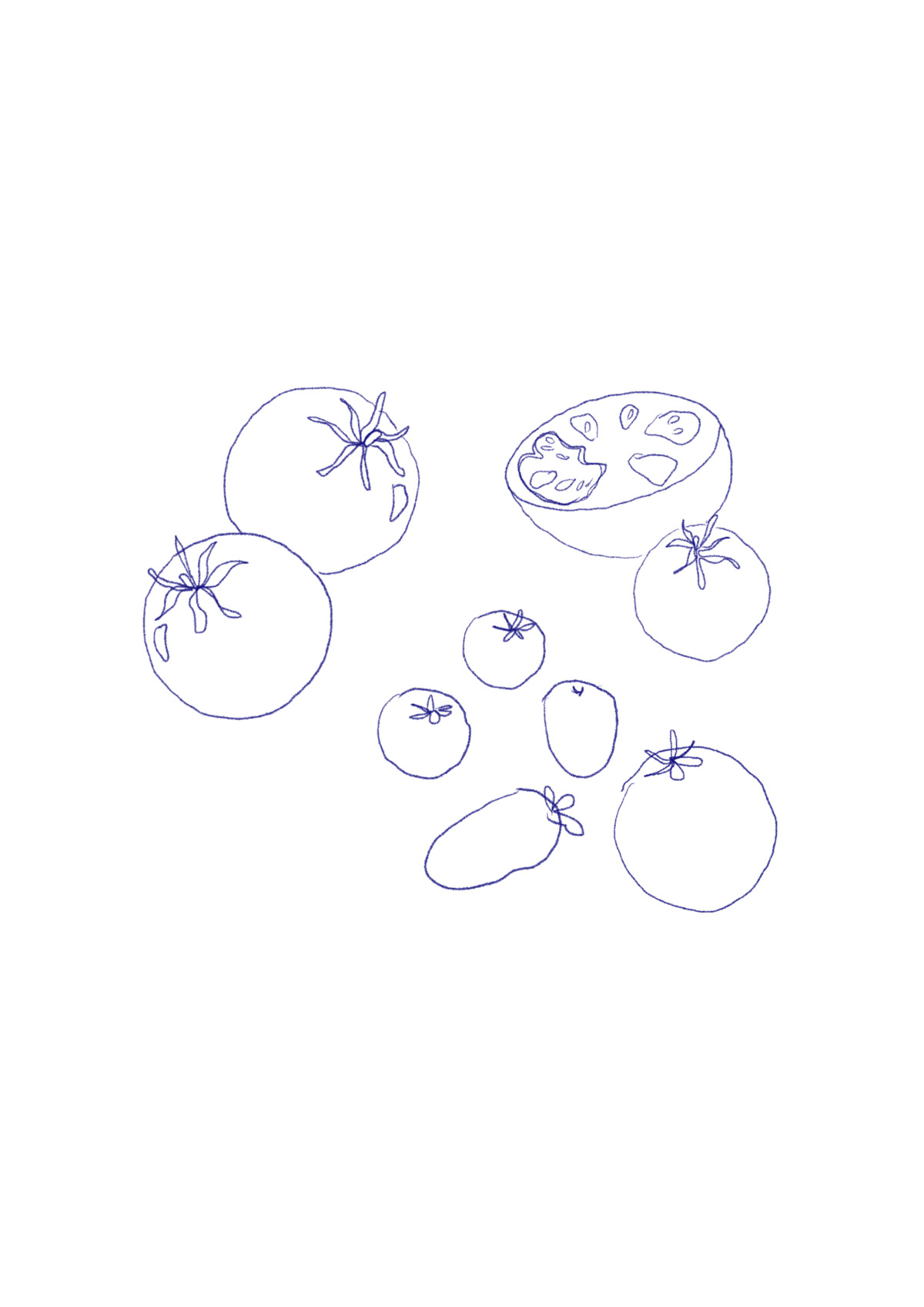Back
A Very Short History of Tomatoes
14 August 2025
Before tomatoes became the Pinterest darling of every European summer picnic and the star topping at pizzerias worldwide, their story was already centuries deep in the valleys of South America. Indigenous peoples of the Andes and Mesoamerica were cultivating and improving wild tomato varieties long before Europeans set eyes on them. Through selective breeding they transformed small, tart berries into plants prized for flavour, colour and nutrition. Far from being an incidental crop, the tomato was part of a sophisticated agricultural system that also gave the world maize, potatoes, chillies and cocoa.
Archaeological and botanical evidence suggests that tomatoes were first domesticated in what is now southern Mexico, though their wild relatives stretch deep into the Andes. The Nahua peoples of central Mexico called them tomatl, a word that would travel across the Atlantic almost unchanged. By the time the Spanish arrived in the early sixteenth century, tomatoes were already woven into local cuisines and farming practices.

Europe, however, was slow to embrace them. When tomatoes reached Spain in the 1500s, they were treated at first as exotic curiosities. Their membership in the nightshade family gave them an air of danger, and for decades tomatoes were grown more for ornamental purposes than for eating. Herbal manuals in Italy and England recorded them as “love apples” or “golden apples”, admired for their appearance but regarded with suspicion. One enduring myth held that tomatoes were poisonous to wealthy Europeans because their acidity drew lead from pewter plates. The irony, of course, is that the fruit itself was never to blame, but history has rarely spared a good rumour.
It was in the Mediterranean, especially Italy and Spain, that the tomato’s fortunes shifted. By the late seventeenth century Neapolitan cooks were experimenting with tomato sauces, and by the 1700s the tomato had begun to define the cuisine of southern Italy. From there it spread northwards and outwards, finding its way into French kitchens and eventually into global trade networks. By the nineteenth century, with industrial canning and improved varieties, tomatoes were a staple across Europe and the Americas. The once suspicious “love apple” had quietly become the world’s comfort food.
Today, the tomato is one of the world’s most widely grown crops, celebrated for its versatility and flavour. From the first careful cultivation by Indigenous farmers in the Americas, to its wary reception in Europe, to its central place in modern cuisines, the tomato’s journey is a story of cultural exchange and agricultural innovation.
So next time you sip a carefully shaken tomatini or drown your chips in ketchup as if you are single-handedly keeping the condiment industry afloat, remember that this fruit carries with it not just taste, but centuries of history, from Mesoamerican fields to Mediterranean kitchens, and now to tables everywhere.